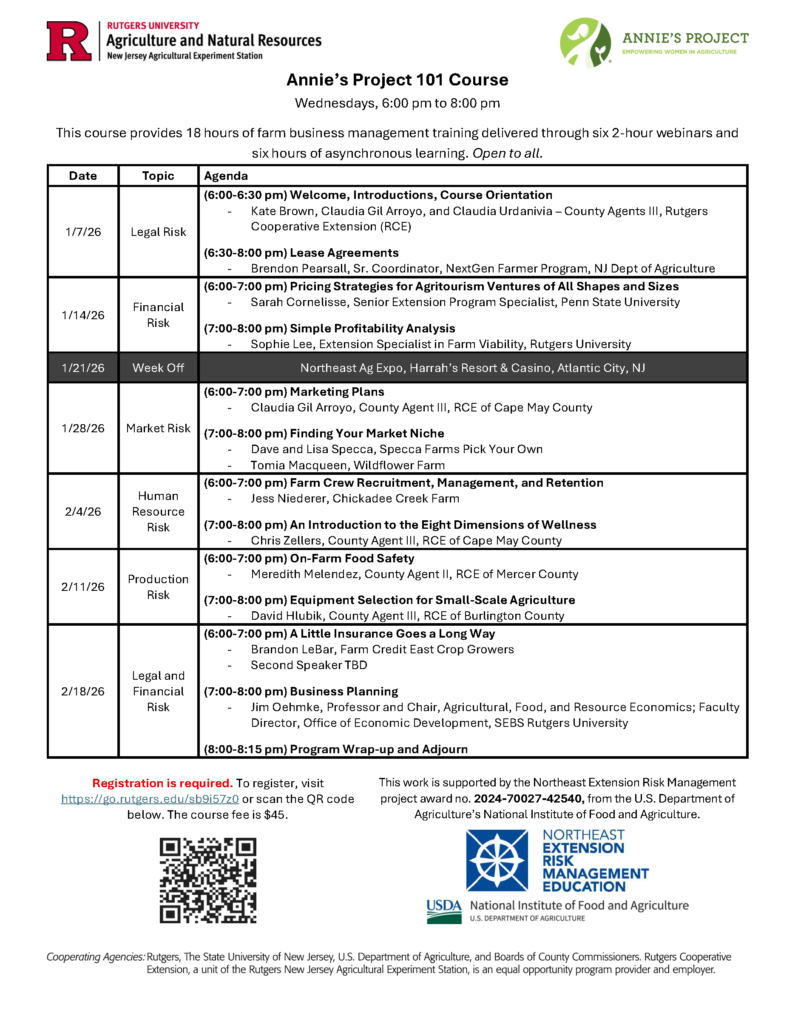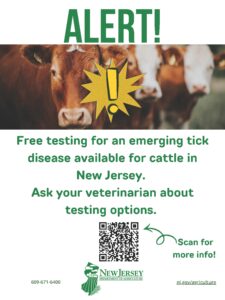All are welcome to the 2026 Celebration of the International Year of the Female Farmer on Wednesday, January 21st at the Northeast Ag Expo at Harrah’s in Atlantic City. Your $25 ticket includes access to the luncheon and keynote speakers – Carrie Edsall from New York and NJ Dairy Princess – Dakota Meys. Lunch is a full hot food buffet and dessert. This event will be inspirational and is also a very affordable way to have lunch while at the expo. Spend this time to network with fellow farmers and support women in agriculture. To register for the Expo and the Wednesday Luncheon go to https://vganj.com/convention-tickets







